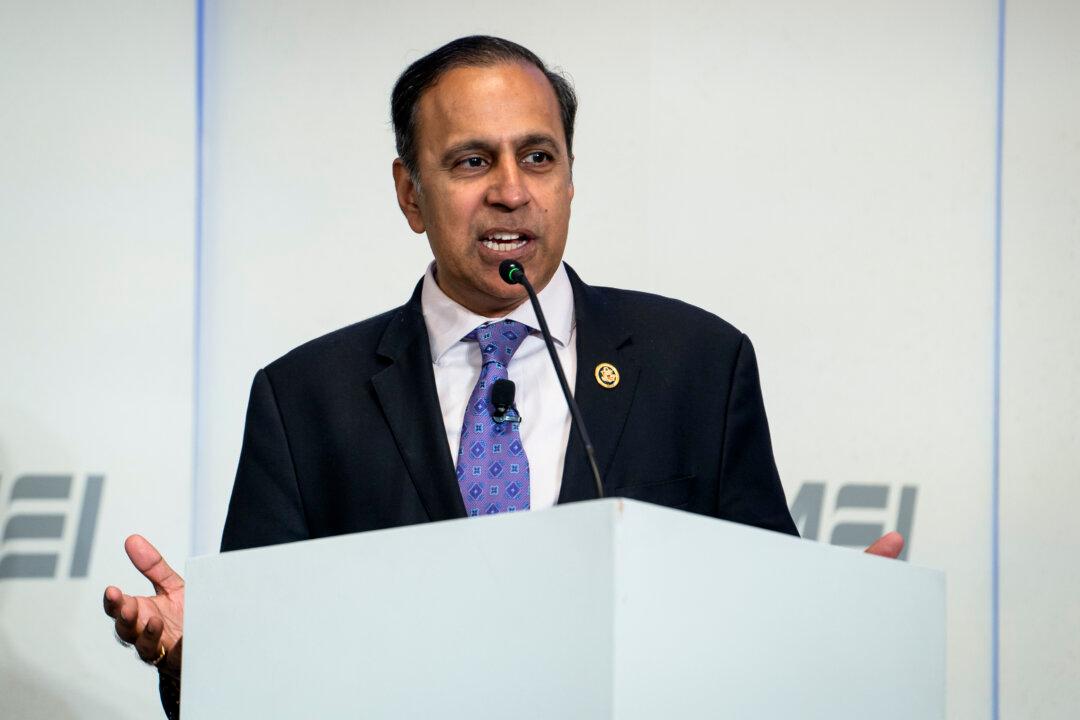NEW YORK—The U.S. Centers for Disease Control and Prevention said they will start screening passengers traveling from central China at three U.S. airports to check whether they have contracted a new and potentially deadly virus, beginning on Jan. 17.
The virus, which causes a severe form of pneumonia, has sickened many people in China and across Asia.





